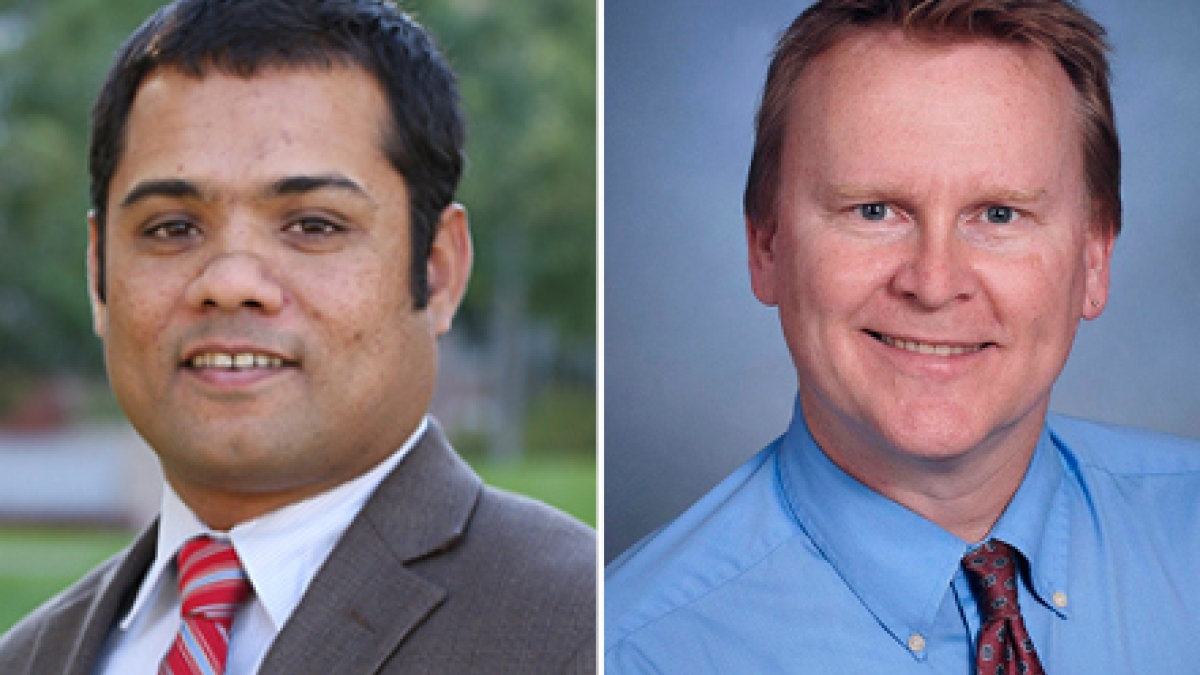ASU professors to speak at global summit to end extreme poverty

In his 2013 State of the Union address, President Obama said that through a collaborative effort among the United States and its allies, the ability to end extreme poverty within the next two decades is a goal within reach.
On Sept. 18-19 in Washington, D.C., the second USAID Frontiers in Development Forum will bring together creative thinkers from around the world to build a coalition aimed at achieving this goal.
Arizona State University College of Public Programs professors Kevin Desouza and David Swindell will be a part of the collaboration in a new session sponsored by the U.S. Global Development Lab, the Innovation Marketplace. The event engages a broad audience with a focus on “the idea that science, technology, innovation and partnership can accelerate development impact and end extreme poverty by 2030.”
Desouza and Swindell will share insights on new data models to improve development programs and innovative financing tools to support growth.
“While we have made great strides in leveraging technology and data for global development, we have undermined its potential due to an under-appreciation for governance and policy nuances,” says Desouza, who is also associate dean for research for the College of Public Programs.
He cites in the increase in open data movements and government transparency, and challenges that engage innovators to find ways to better use data analytics to solve complex problems as an opportunity to increase the impact of technology in development efforts.
At the conference, Desouza will discuss platforms for innovation.
“We will focus on how to create data-driven development labs to tackle some of our most vexing global challenges, such as the eradication of extreme poverty,” he says.
Swindell will focus on the challenge of a growing urban population in developing nations. The world population is expected to hit seven billion on or about Oct. 31.
“A key challenge to meeting the strains of growth is infrastructure, but that will not materialize without financing,” he says.
Swindell will share actionable tools – 28 innovative approaches to municipal financing – that are part of a report released by the Smart Cities Council and Swindell’s Center for Urban Innovation at ASU.
“We look at solutions that are both sustainable and resilient,” he says. “We can be creative in meeting these infrastructure challenges in a manner that increases physical, financial and environmental sustainability.”
For more information on Frontiers and the Innovation Marketplace, visit http://www.usaid.gov/frontiersindevelopment.